In my journey through the world of cooking, even as a seasoned home cook, I’ve stumbled upon my fair share of kitchen mishaps. Ever wondered why your pasta doesn’t quite hit that perfect al dente texture or why your steaks aren’t as tender as you’d hoped?
Don’t worry—I’ve got you covered. This guide is here to help me (and you) unravel those common culinary mysteries. Each tip is like a secret ingredient, packed with practical advice to help me elevate my cooking game.
1. Pasta
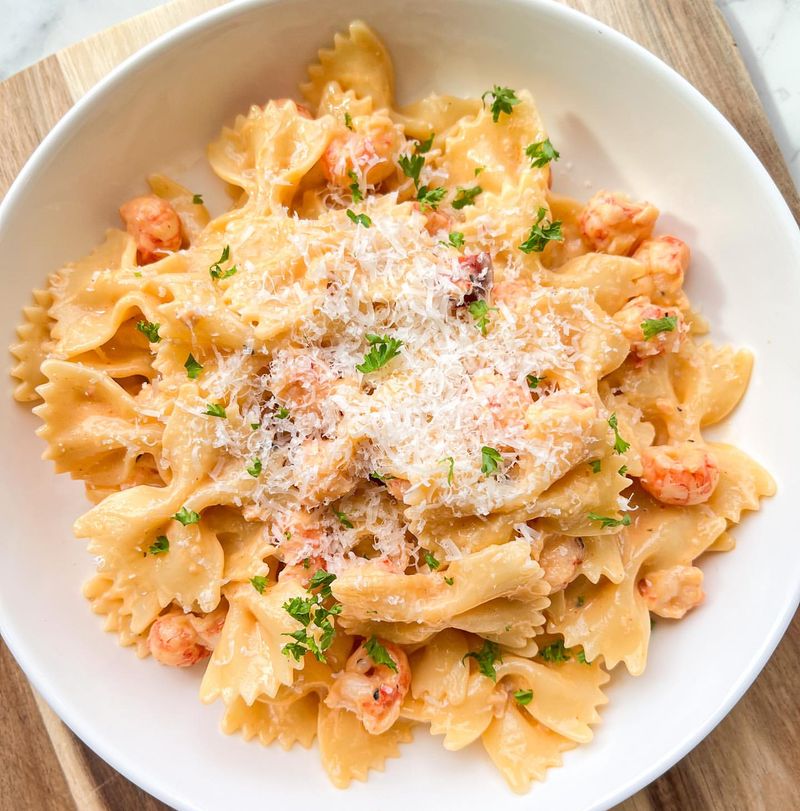
When cooking pasta, many choose to skip the crucial step of salting the water. Adding enough salt is key to infusing the pasta with flavor. Don’t shy away!
Once cooked, resist rinsing your pasta. This strips away the starchy coating, which helps sauces adhere perfectly. By embracing these small adjustments, you create a harmonious and delicious pasta dish that sings with each bite.
2. Steak

Achieving the perfect steak involves more than just a hot pan. Begin by letting your steak reach room temperature before cooking. This ensures even cooking throughout.
Additionally, seasoning isn’t just about salt and pepper; let the meat rest after cooking, allowing juices to redistribute. By mastering this, your steak transforms into a succulent masterpiece, tender and bursting with flavor.
3. Rice

Flawless rice begins with rinsing away excess starch. Many skip this step, leading to a sticky mess. The water-to-rice ratio is often misunderstood; follow package instructions precisely. Once cooked, give it time to steam off-heat, absorbing remaining moisture. This practice yields individual, fluffy grains, offering a delightful base for any dish. Elevate your rice with these subtle yet impactful changes.
4. Eggs

Eggs are versatile but often overcooked, leading to rubbery textures. For scrambled eggs, whisk with a splash of milk and cook gently over low heat. This results in creamy, luscious eggs.
When poaching, a gentle simmer and a splash of vinegar in the water ensure perfect, delicate eggs. By refining these techniques, eggs become an exquisite delight, tailored to your breakfast desires.
5. Chicken
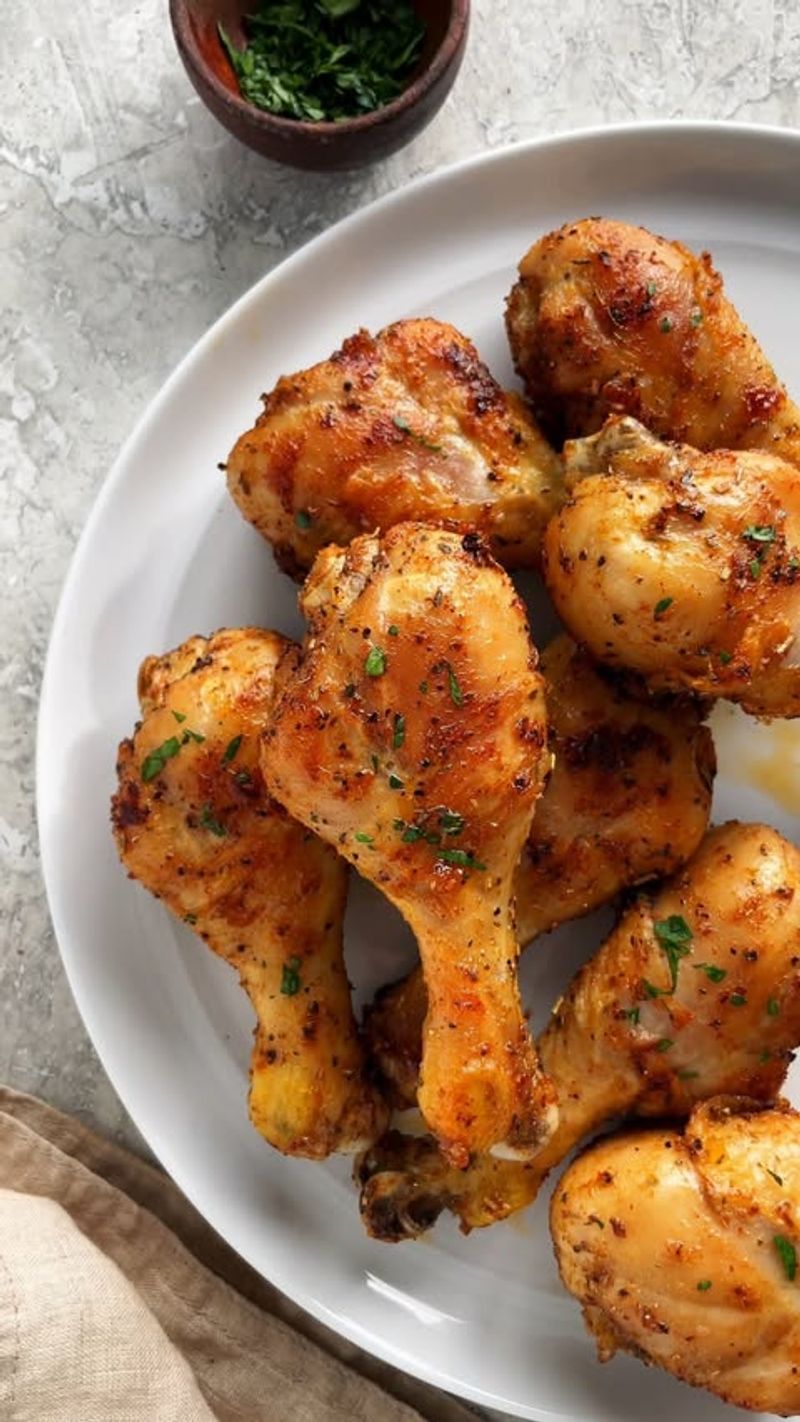
Chicken often suffers from uneven cooking. To conquer this, consider butterflying or spatchcocking for uniformity. Season beneath the skin, ensuring flavor infuses directly into the meat. Rest the chicken post-roasting to maintain juiciness.
These adjustments transform your bird into a succulent feast, leaving dryness as a distant memory. Marvel at the flavorful, tender chicken you can now create.
6. Vegetables

Roasting vegetables demands attention to cut size and spacing. Crowded pans lead to steaming rather than roasting. Ensure uniform pieces and spread them out. Olive oil is essential, but avoid over-drenching. High heat brings out natural sugars, enhancing flavor.
Mastering this balance results in caramelized, flavorful vegetables, a delightful side or main course. Witness your veggies transform into culinary gems.
7. Fish

Cooking fish intimidates many, yet it’s simpler than you think. Start by patting the fillet dry—this ensures a crisp skin. A hot pan is your ally, but avoid overcrowding. For delicate fish, consider baking to retain moisture. The key lies in timing; overcooking leads to dryness.
With these methods, fish becomes a delightful, tender offering, each bite a testament to your improved skills.
8. Potatoes
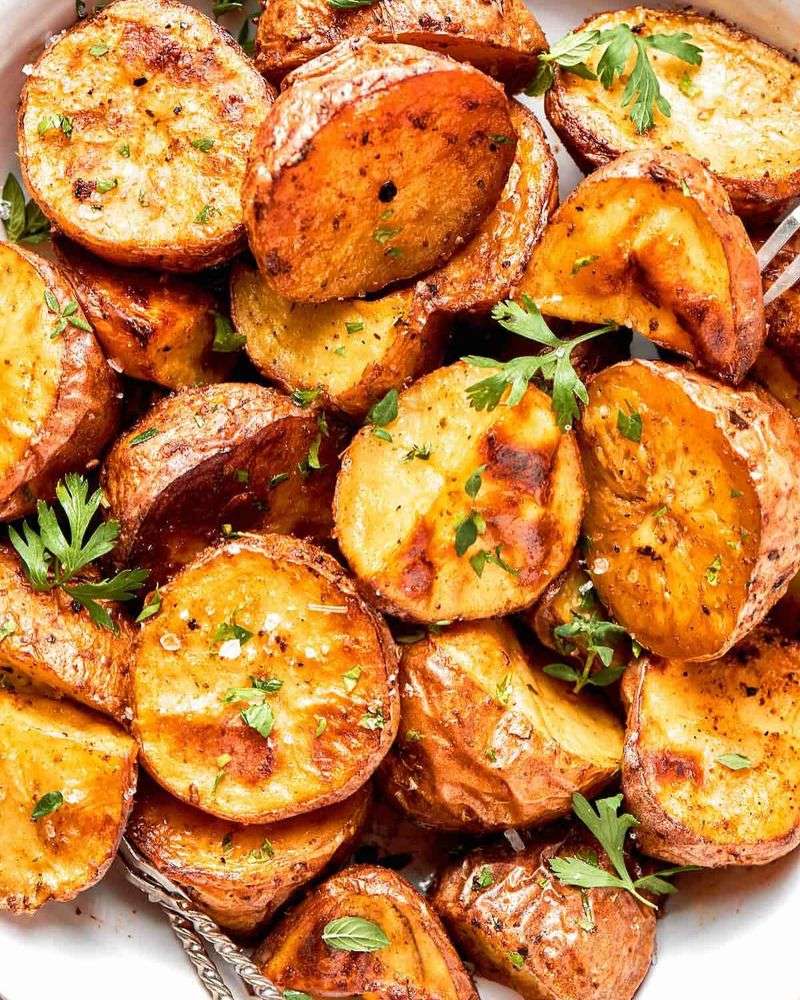
For perfect potatoes, embrace the boil-and-bake method. Begin by parboiling to soften, then roast to achieve crispness. Season generously, and use a hot oven for that golden finish.
Many skip the initial boil, resulting in unevenly cooked interiors. By understanding this two-step process, you create potatoes with a delightful contrast of textures, crispy outside and tender inside. Elevate your potato game today.
9. Soup
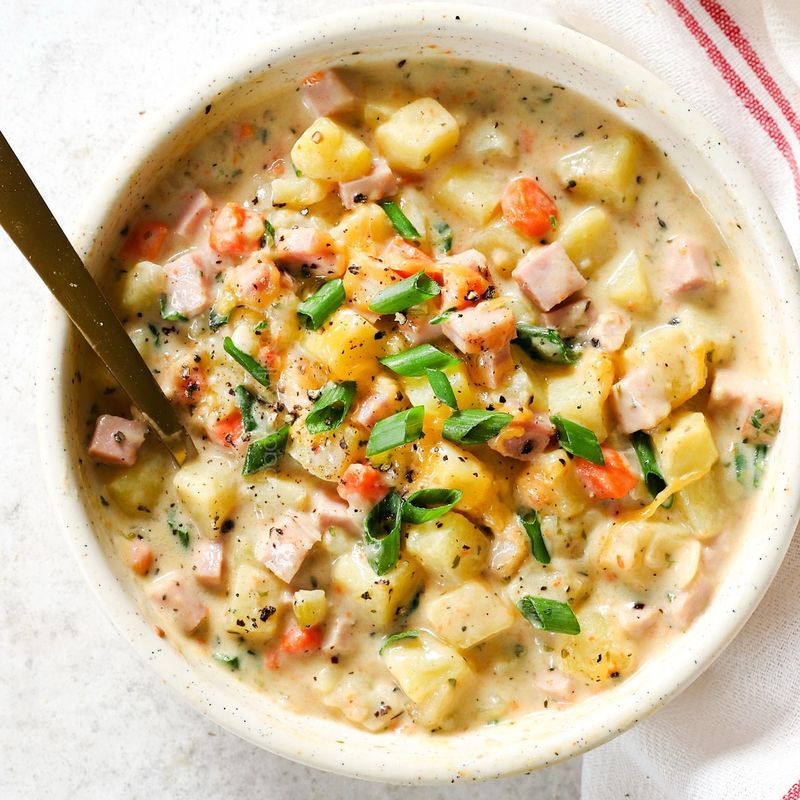
Crafting a soup means layering flavors from the start. Sauteing onions, garlic, and spices builds a rich base. Rushing this process leads to blandness. Incorporate stock gradually, allowing each ingredient to meld.
Overlooking seasoning adjustments can also dull your soup’s potential. Patience yields a complex, flavorful broth, turning an everyday meal into a comforting symphony of tastes. Relish in your soup mastery.
10. Pancakes

Pancakes thrive on a well-made batter. Overmixing leads to tough results. Let the batter rest, allowing flour to hydrate. A moderate-heat griddle ensures even cooking; too hot, and they burn outside, raw inside.
Flip once bubbles appear on the surface. This technique results in airy, delightful pancakes, perfect for any morning. Transform your breakfast with this simple yet effective approach.
11. Bread
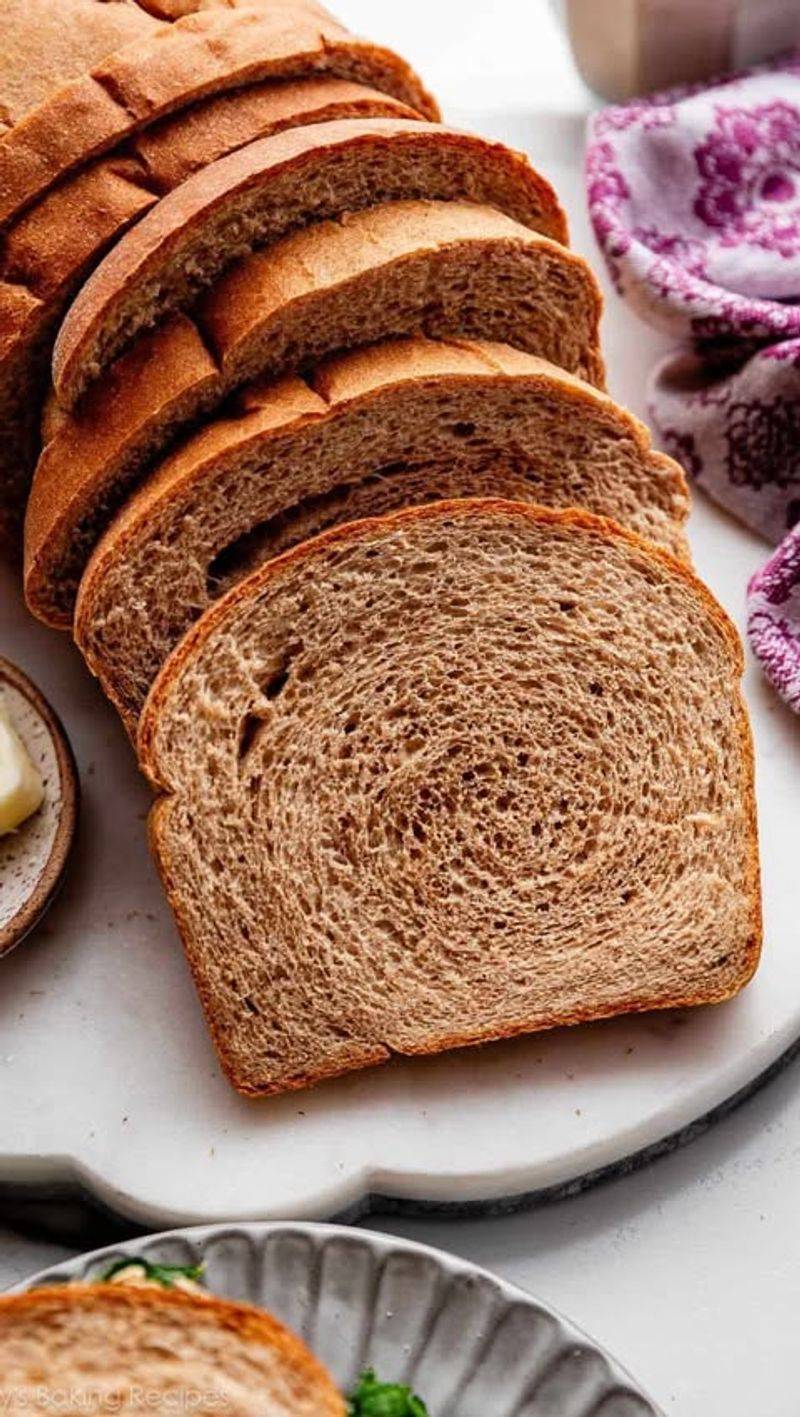
Baking bread is an art of patience and precision. Several rush the rising process, compromising texture. Allow dough to develop flavor through slow fermentation. Kneading is crucial but avoid overworking. Proper scoring guides expansion during baking.
These practices yield a loaf with a crisp crust and soft interior, a true testament to homemade goodness. Embrace the rewarding journey of bread making.
12. Sauces

Creating sauces requires balance and timing. Rushing thickening agents or adding too much can overwhelm flavors. Gradually incorporate them, maintaining desired consistency. Fresh herbs added at the end preserve their vibrancy.
Many overlook seasoning adjustments, leaving sauces bland. Focus on each layer’s contribution to craft a harmonious blend. Your sauces transform into versatile, delectable accompaniments, enhancing any dish they grace.
13. Quinoa
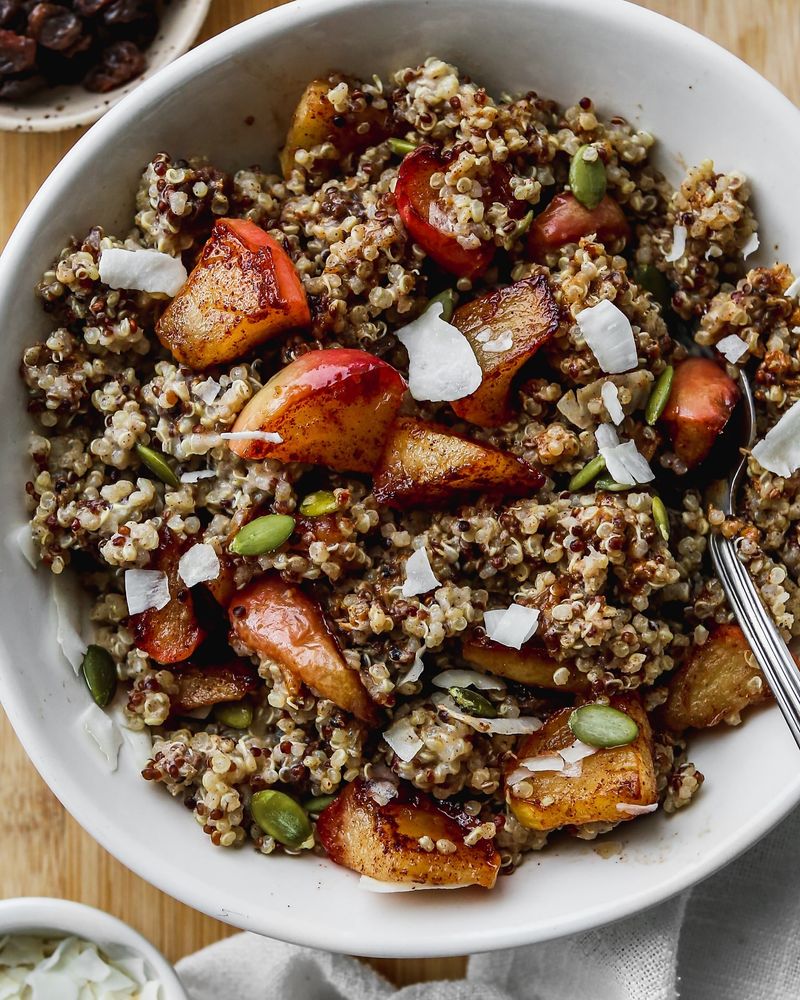
Cooking quinoa often results in mushiness. Begin by rinsing to remove bitterness. Use a precise water ratio, and once cooked, let it steam off-heat.
This ensures fluffy, distinct grains. Numerous overcook, leading to a gummy texture. By mastering this method, quinoa becomes a versatile, nutritious base for countless dishes, each grain standing proudly. Transform this ancient grain into a delightful part of your meals.
14. Burgers

Crafting a great burger demands attention to meat quality and handling. Overworking the meat results in toughness. Season just before grilling to retain juiciness.
Avoid pressing down during cooking; this expels vital juices. Letting the burger rest ensures a flavorful, moist interior. By refining these steps, your burgers transform into tender, delicious creations, worthy of any barbecue or casual dinner.
15. Pasta salad

Pasta salad often suffers from blandness. Begin by seasoning the pasta water, ensuring flavor infuses from the start. Cool pasta thoroughly before mixing; warmth absorbs dressing flavor unevenly. Dressing proportions are vital; too much overwhelms, too little leaves it dry.
These adjustments elevate your salad, creating a refreshing, flavorful dish. Delight in a pasta salad that captures the essence of each vibrant ingredient.
16. Cookies

Cookie perfection is in the details. Refrigerating dough before baking enhances flavor and texture. Plenty skip this step, resulting in flat cookies. Precision in ingredient measurement, especially flour, is crucial. Avoid overbaking; golden edges signal readiness.
By mastering these techniques, your cookies achieve an ideal balance of crisp and chewy, a delightful treat for any occasion. Experience the joy of perfect homemade cookies.
17. Omelets

Omelets require finesse and attention. Overcooking leads to dryness. Cook over medium heat, folding gently to retain moisture. Pre-cooked fillings prevent excessive cooking time. Several add ingredients too early, causing uneven results.
By mastering timing and technique, omelets become a tender, flavorful canvas for your favorite additions. Elevate your breakfast with this refined approach, delivering delightful, fluffy omelets.
18. Stir-fry
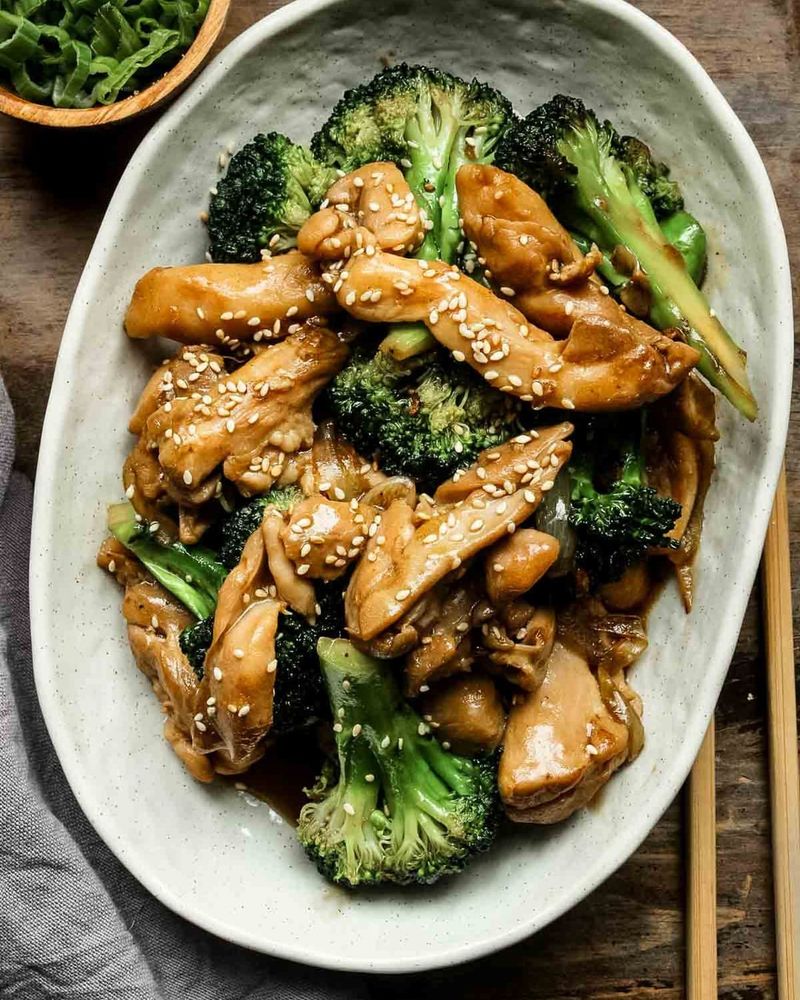
A successful stir-fry hinges on preparation and heat. Ensure all ingredients are uniform in size for even cooking. High heat is essential, but overcrowding reduces temperature, leading to steaming.
Quick, constant motion locks in flavors and textures. By mastering these elements, your stir-fry transforms into a vibrant, flavorful dish, maintaining the integrity of each component. Enjoy a dynamic, satisfying meal with this approach.
19. Baked potatoes
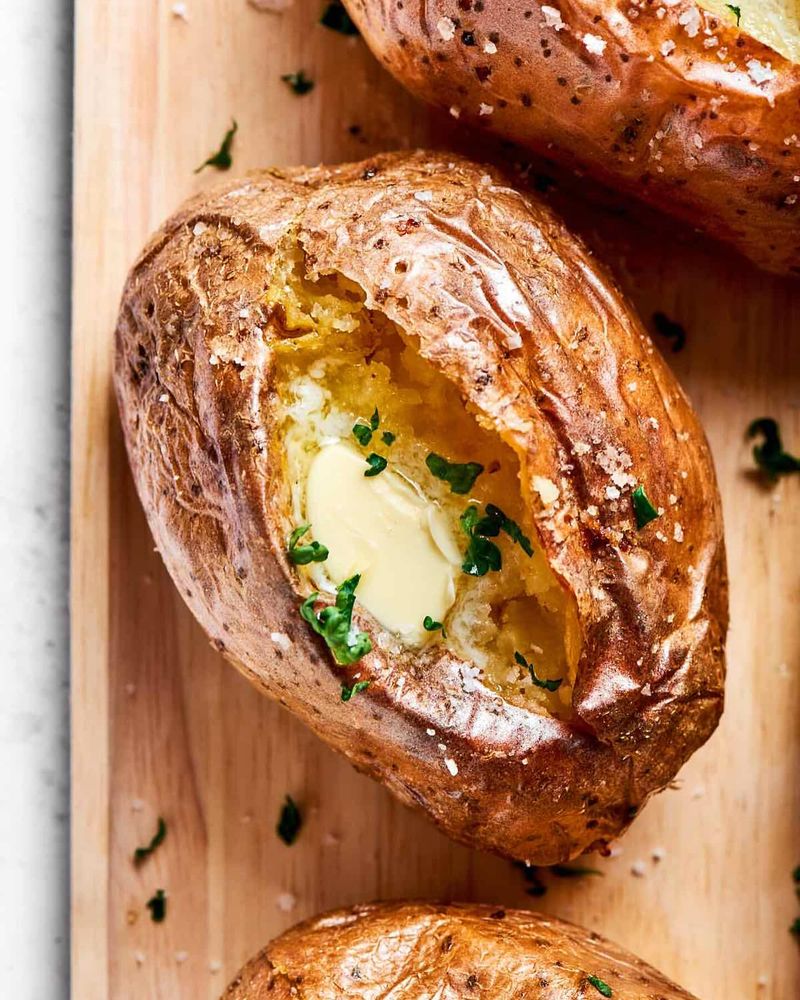
Baked potatoes often disappoint with their mealy texture. Start by piercing the skin to release steam, preventing bursting. Opt for a high oven temperature for crispy skin. Resting after baking allows moisture to redistribute, creating a fluffy interior. Many skip this step, resulting in dryness.
These simple adjustments elevate your baked potatoes, turning them into a comforting, delightful side dish.
20. Custards
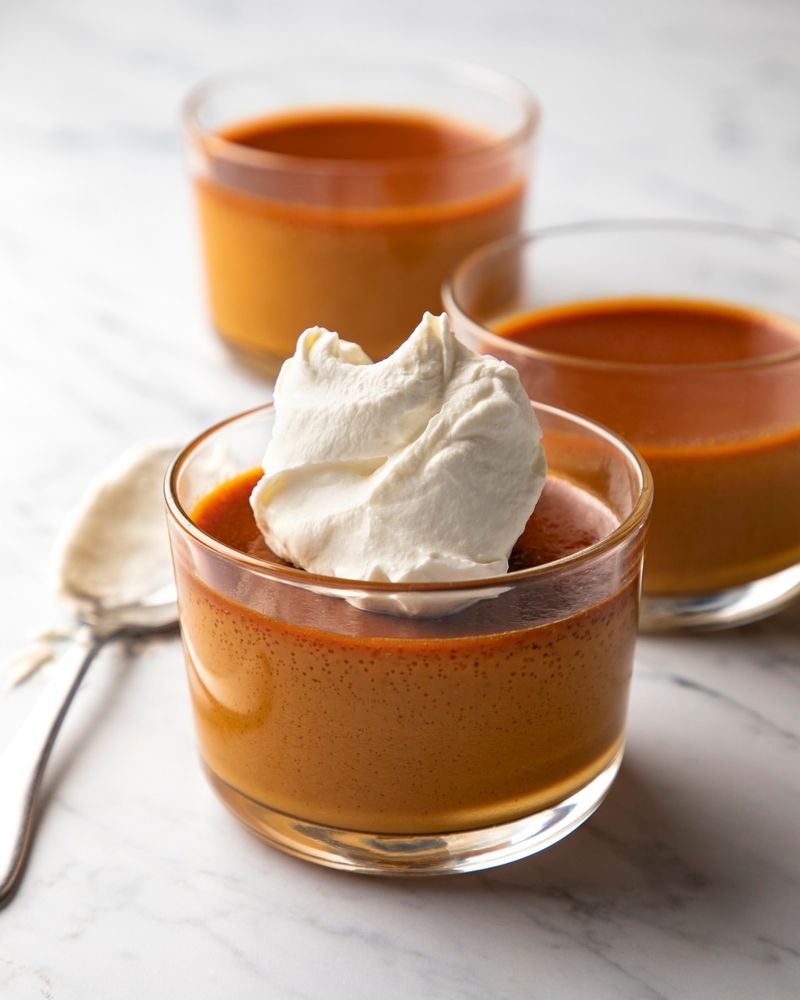
Custards require precision in heat and timing. Overcooking leads to curdling. A water bath provides gentle, even heat—an often overlooked step. Stirring gently maintains texture. Numerous rush the cooling process, compromising silkiness.
By embracing these techniques, your custards transform into a smooth, creamy delight, each spoonful melting on your tongue. Discover the art of perfect custard, a luxurious treat for any occasion.

